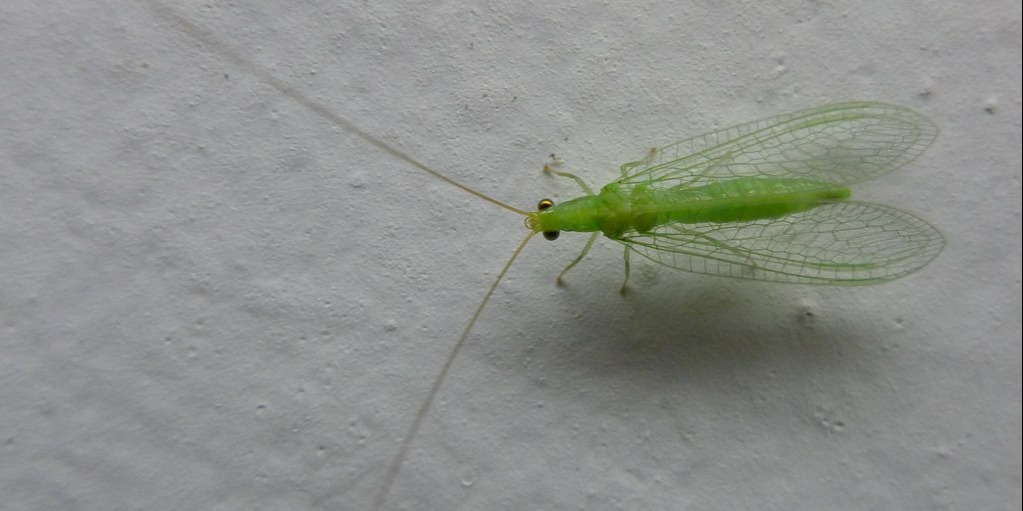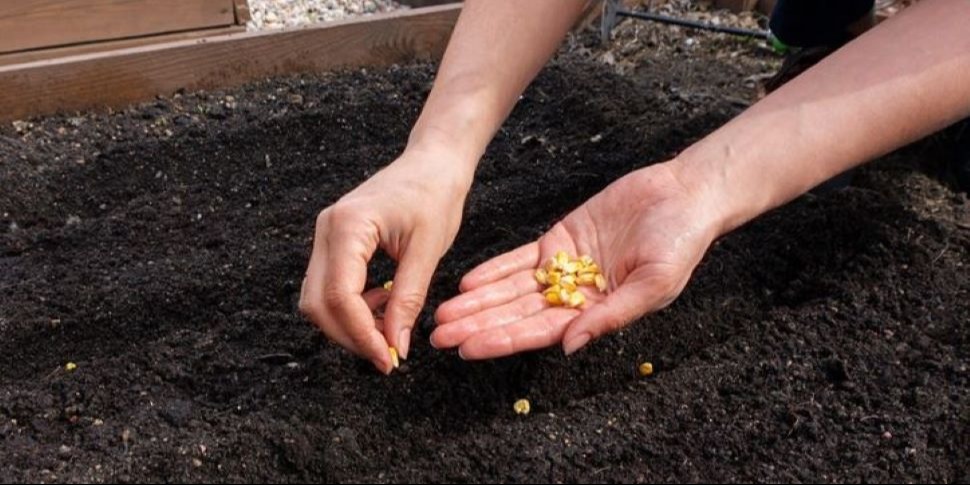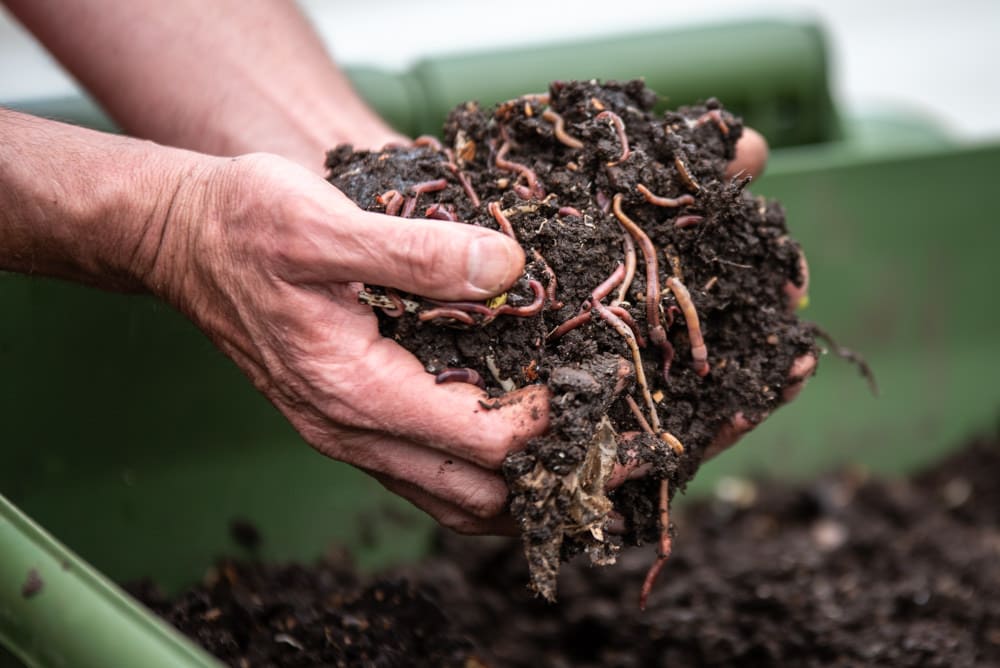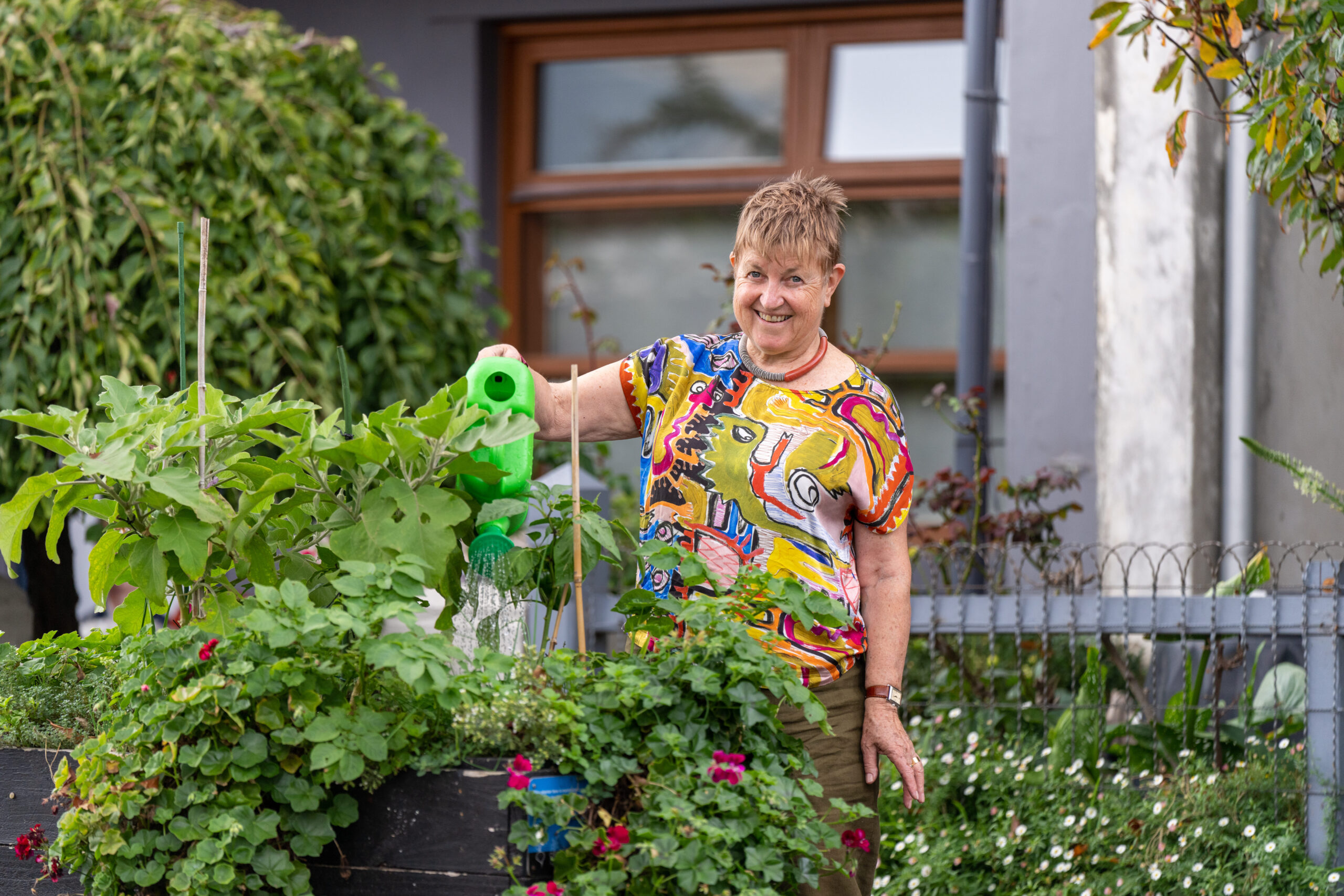
Water is our most precious resource and Smart Gardens are designed to use it efficiently.
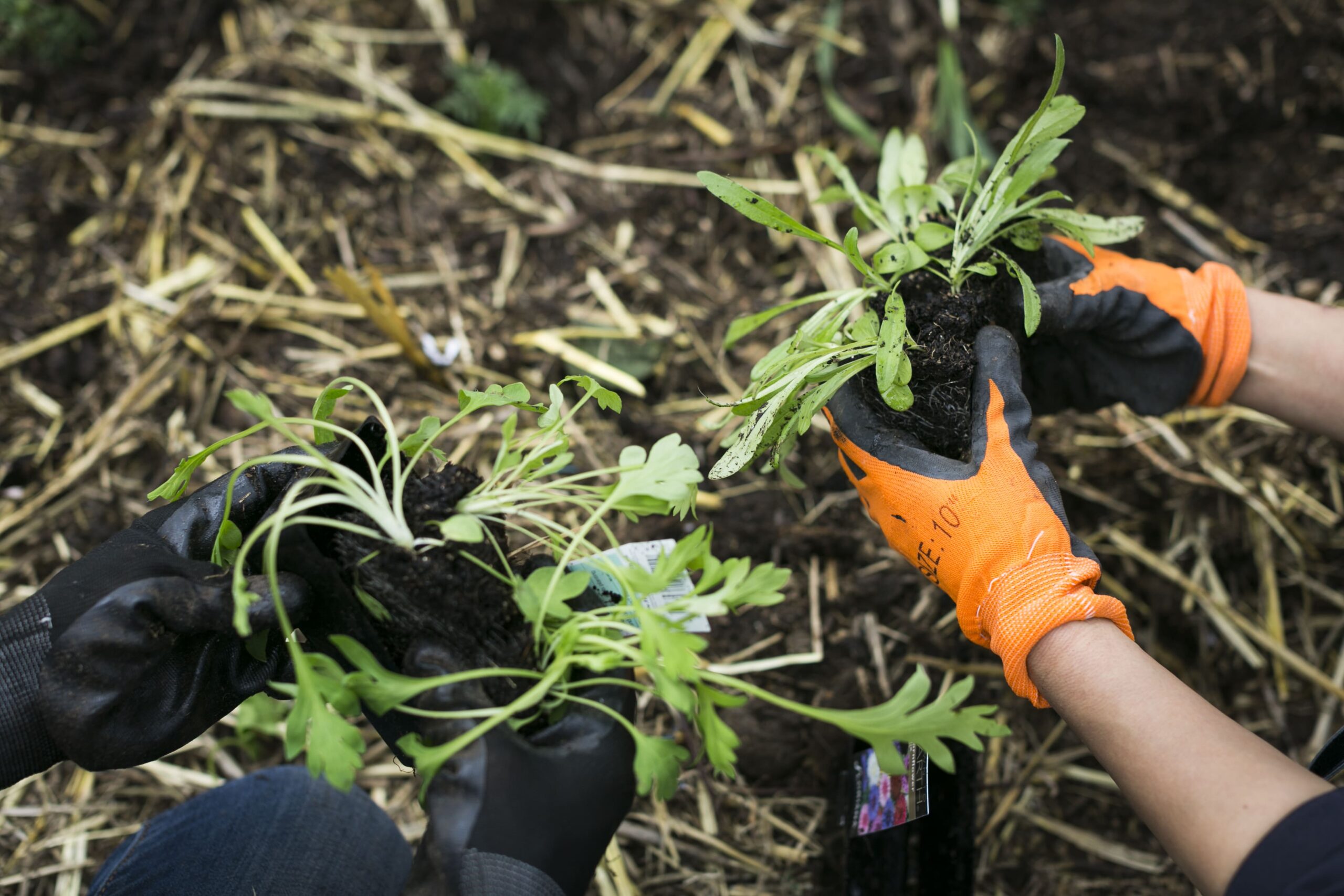
Where possible, we catch rainwater in tanks, but we also divert downpipes and direct runoff from paths, roads and driveways into garden beds. We care for our soil so it can store heavy rainfalls, reducing flash flooding, filtering stormwater to keep local waterways healthy, and cooling our suburbs in summer. We make the most of greywater from our showers and washing machines to irrigate fruit and nut trees, and use other waterwise practices like mulch, drip irrigation, and wicking beds too.
Resources
Missed an event? Check out previous event notes and recordings, plus videos from our local gardening experts.
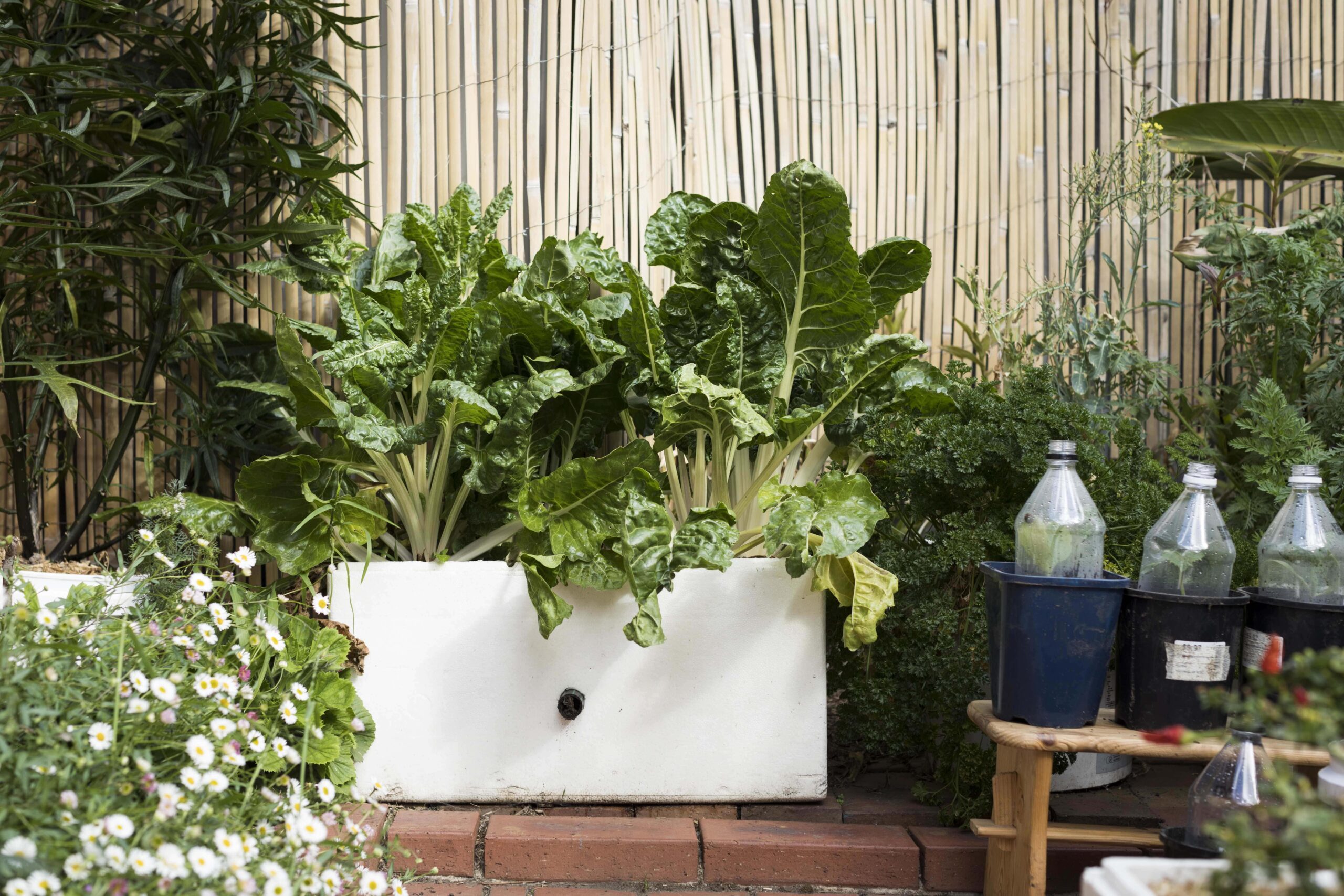
DIY wicking pot
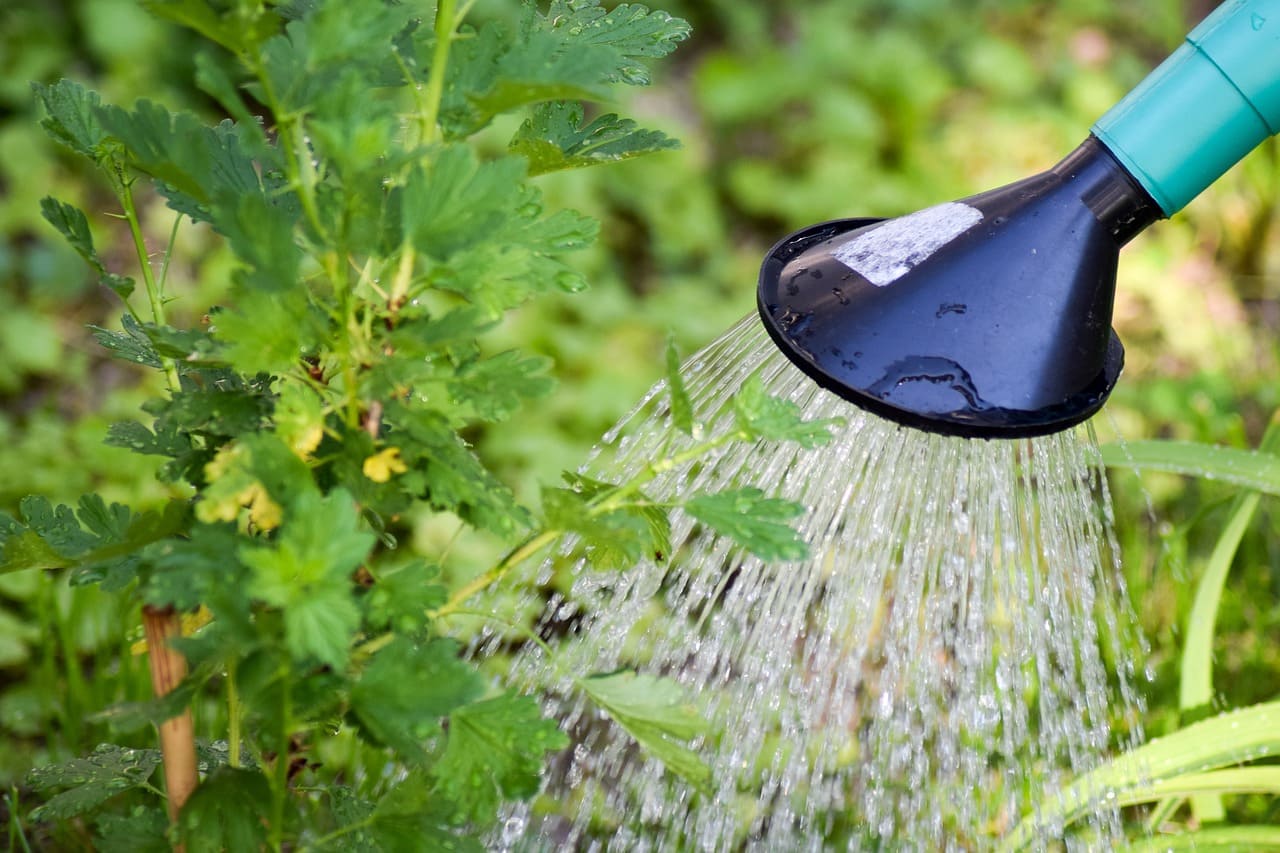
How to use greywater






Our Focus
My Smart Garden is a free program that will help you grow food, shelter your home from the sun and wind, create homes for native plants and animals, use water wisely and reduce waste. Learn about the five themes:




